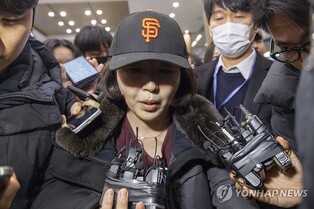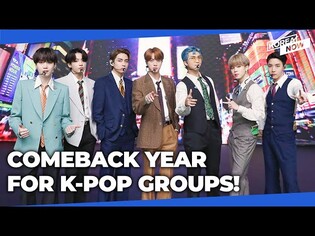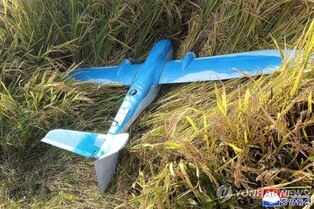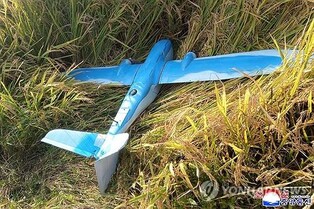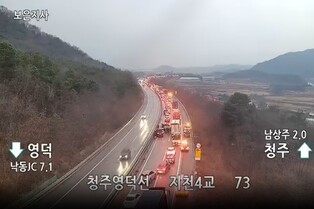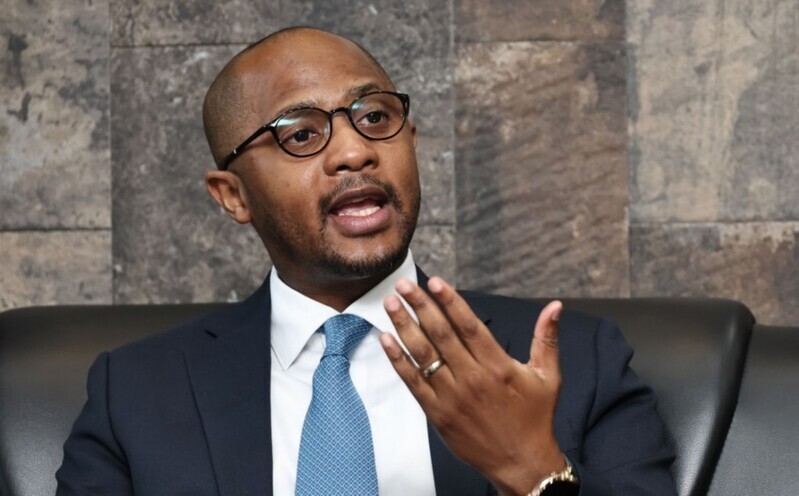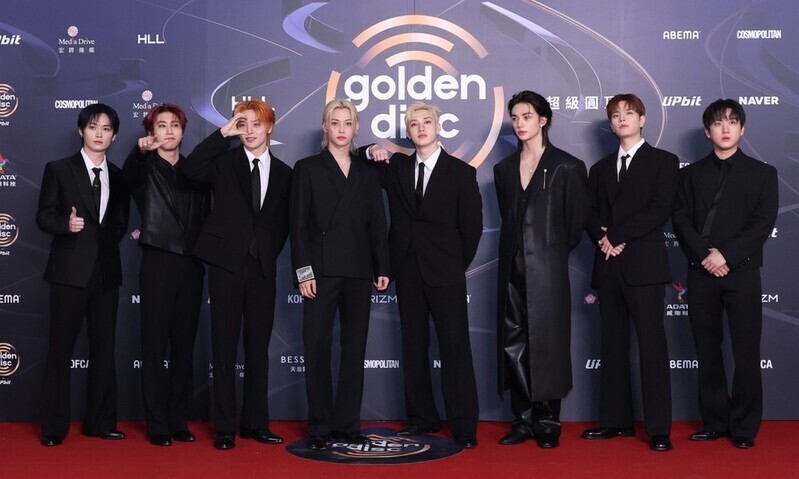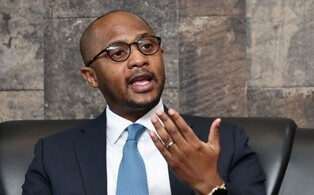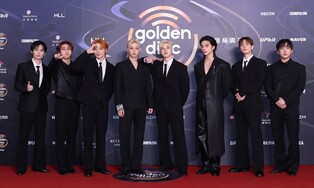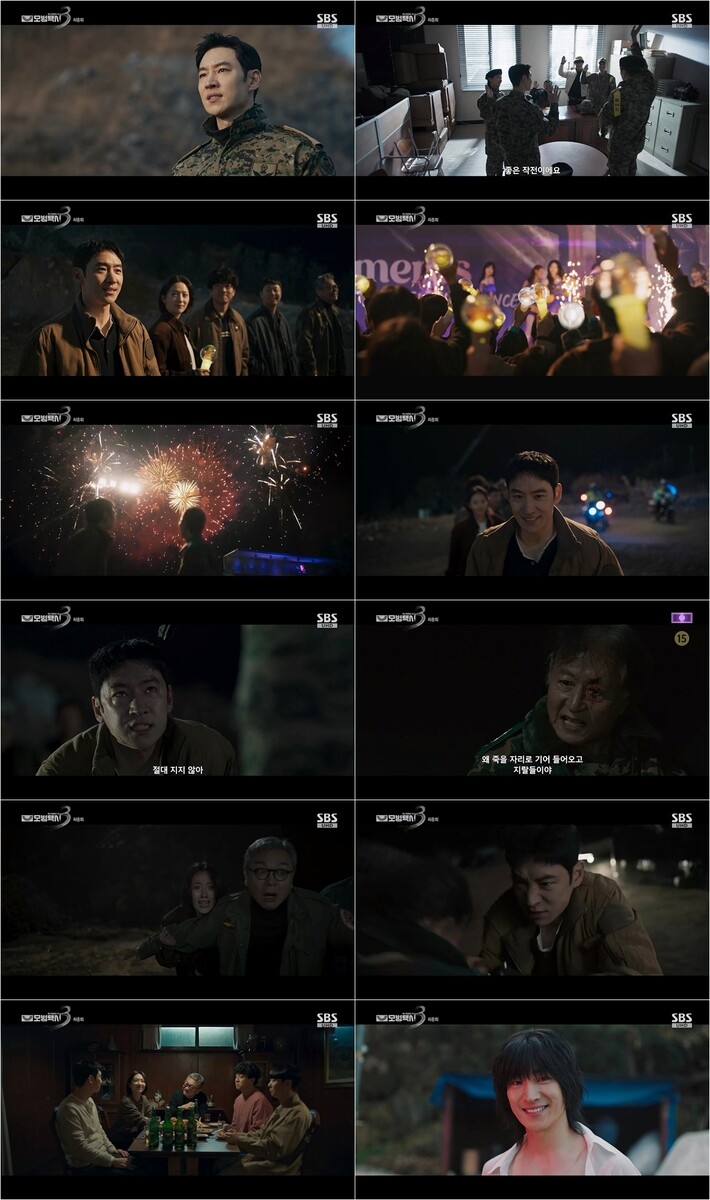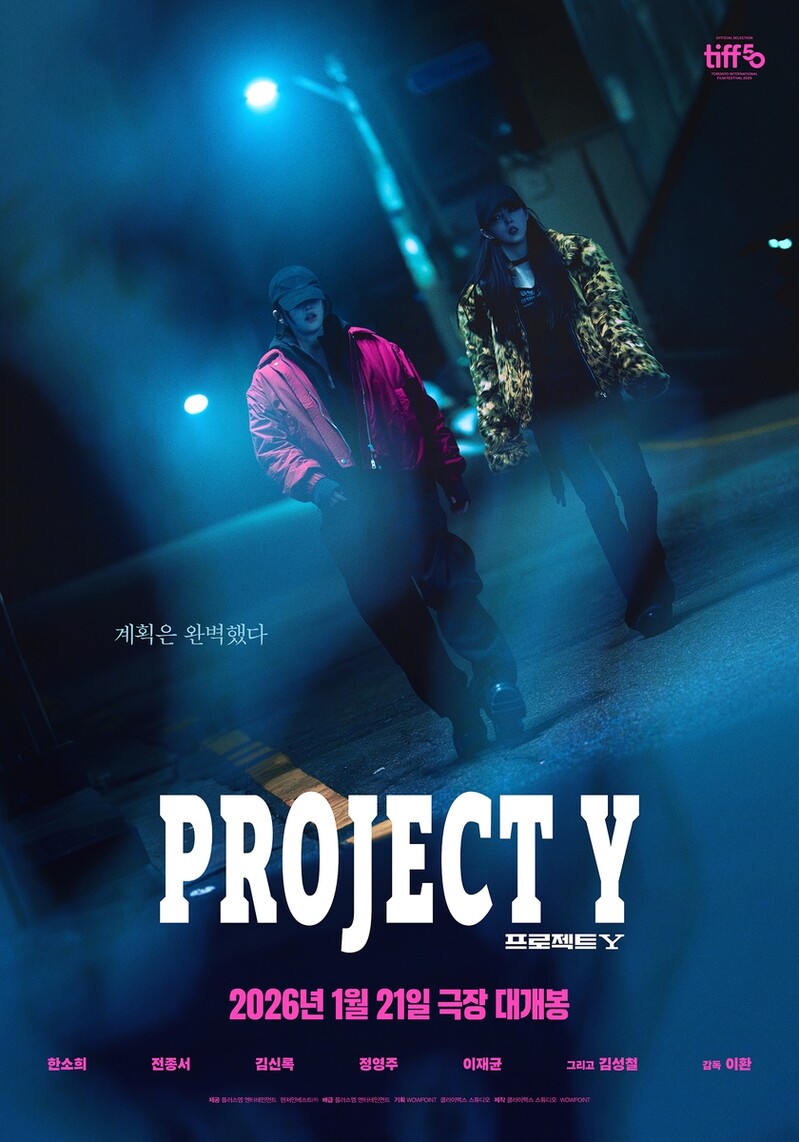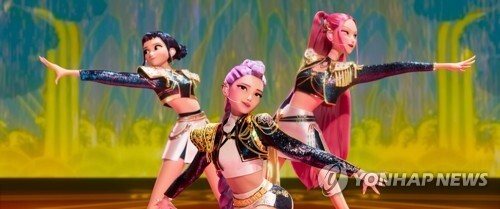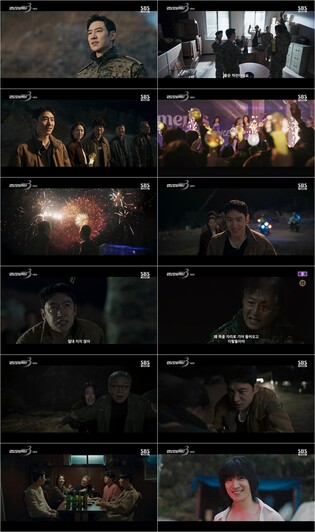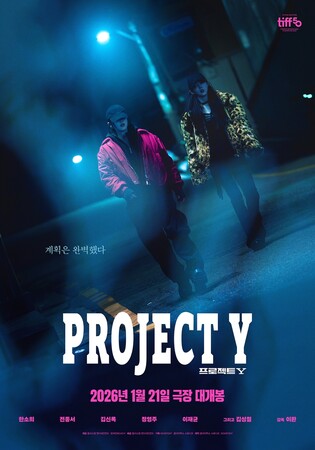*Editor’s note: K-VIBE invites experts from various K-culture sectors to share their extraordinary discovery about the Korean culture.
Scrutinizing AI: Making AI Art Accessible to All
Contributed by Lee Eun-jun (professor at Kyungil University)

In a previous column, I highlighted the emergence of artificial intelligence (AI) as a transformative force in modern art, while also addressing the reality that many remain excluded from its benefits.
Bridging this divide requires expanding internet access and addressing information asymmetries to ensure that the opportunities AI offers for art creation and appreciation are available to more people. The economic disparity that fuels the digital divide has left large segments of society unable to partake in the advantages of AI, including in the realm of art.
Art exists in two domains: as an experience to be enjoyed and as a medium for personal creation. To offer equitable opportunities for both enjoying and creating AI-driven art, targeted education and policy support are essential for low-income populations, senior citizens, and residents of developing countries.
For AI art to truly become "art for all," advancements in technology must transcend elite circles and be evenly distributed across society. Addressing the inequities tied to AI in art necessitates governmental and international policy interventions. The European Union (EU) has taken notable steps toward enhancing digital accessibility through initiatives like its Digital Education Action Plan (2021-2027).
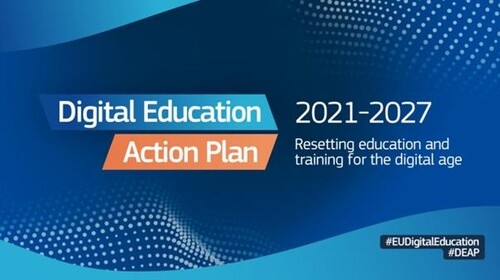 |
| ▲ This image about "Digital Education Action Plan (2021-2027)" is captured from the main website of the European Union. (PHOTO NOT FOR SALE) (Yonhap) |
The EU has launched projects to broaden access to AI-related education, recognizing the transformative power of digital skills in a rapidly evolving society. The pandemic accelerated the adoption of hybrid education methods, integrating digital tools into teaching. This approach, combined with targeted efforts to bridge digital gaps among marginalized groups, is anticipated to equip more people with the ability to understand and utilize AI technologies, including for artistic endeavors.
Organizations like the International Monetary Fund (IMF) and the World Bank (WB) are investing heavily in building digital infrastructure in developing countries. In September 2022, IMF Managing Director Kristalina Georgieva and World Bank President Ajay Banga issued a joint statement emphasizing digital transformation. They highlighted the staggering figure of 3 billion people—mostly in developing nations—who remain offline, underlining the critical need to address digital inequality both within and between nations.
The World Bank is working with developing countries to resolve regulatory and infrastructural barriers to digital transformation. These efforts focus on expanding financial inclusion, reducing transaction costs, digitizing government services, and fostering the adoption of new financial technologies, while maintaining systemic integrity and stability.
Sustained policy efforts like these could help mitigate accessibility issues in AI art. Providing people with tools to engage with AI-driven artistic expression depends on the commitment of policymakers to reduce digital barriers and promote education.
By benchmarking the initiatives of the EU, IMF, and World Bank, domestic policymakers can begin addressing these challenges. As the saying goes, the first step is half the journey.
(C) Yonhap News Agency. All Rights Reserved

















